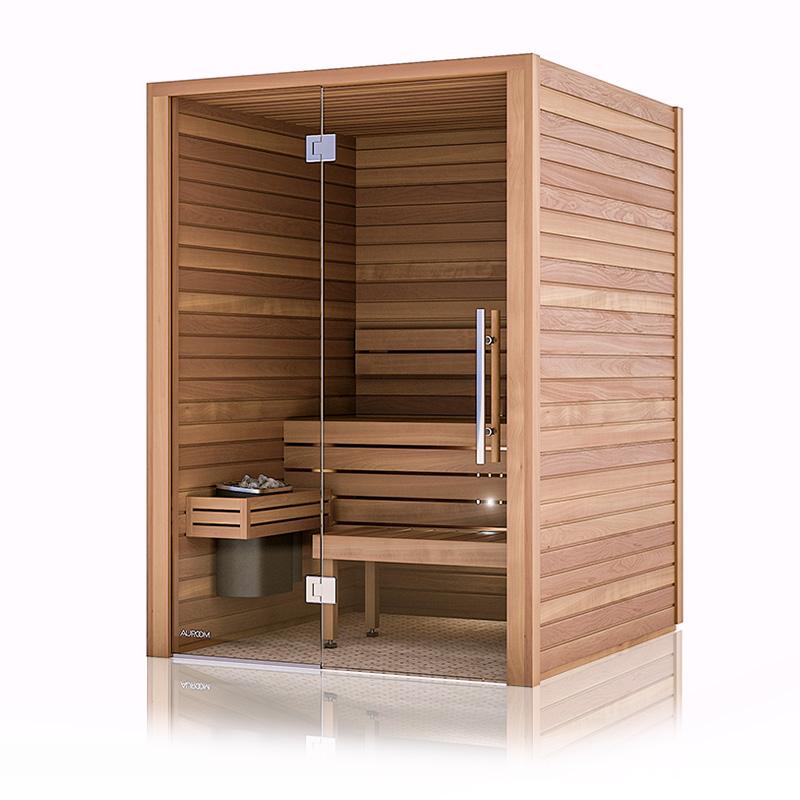6 Simple Techniques For Traditional Sauna
6 Simple Techniques For Traditional Sauna
Blog Article
Traditional Sauna - The Facts
Table of ContentsNot known Details About Traditional Sauna How Traditional Sauna can Save You Time, Stress, and Money.Traditional Sauna Fundamentals ExplainedTraditional Sauna Can Be Fun For EveryoneAn Unbiased View of Traditional Sauna
Many of the weight lost in a sauna is water loss and is re-gained upon rehydrating. Nevertheless, undeniably sauna can be an integral part of a healthy weight management program. To check out the differences in between standard and IR saunas, I will separate these right into verifiable, theoretical, and made distinctions.Therefore, the most popular point in the saunawhich is at the ceiling straight above the sauna heateris typically in between 185 and 190 F. Claims that a standard sauna goes beyond 200 F is simply not true and not relevant for electrical saunas offered in the US. The temperature level for a far-infrared sauna is generally set in between 120 and 140 F; nevertheless, unlike the traditional sauna, the goal in and IR area is not to accomplish a high temperature.
Due to the fact that of this, the temperature difference is virtually unimportant, considering that profuse sweating causes both sauna kinds, yet the approach of warming the body is various. In an IR sauna the bather will feel hot and will sweat profusely, however at much reduced temperature levels (Traditional Sauna). Thus, if the goal is to invest longer amount of times in the sauna, the IR sauna is an excellent choice
When a traditional sauna has actually been appropriately heated, the sauna walls are cozy, the air temperature has achieved established temperature and the rocks are extremely warmed. As a fascinating side note, the heated walls and the rocks are producing far-infrared warmth, incorporated with the heated air, to produce an "covering warmth".
Traditional Sauna for Dummies

When the high temperature is accomplished, the aspects cycle on and off to maintain the heat. Many typical sauna customers enjoy pouring water over the rocks to create heavy steam to increase sauna moisture degrees. The benefits of putting water over the rocks include: making the area extra comfortable, moistening the nasal passages, and allowing the use of aromatherapy by mixing essential oils with the water.

When the power goes into the body, it triggers the body temperature to enhance and eventually results in perspiration. In an infrared sauna it is necessary for the emitters/heaters to continue to be on nearly continuously. Since there is no mass of rocks to retain warmth, the sauna will cool if the emitters turned off.
As stated over, the sauna bather in an infrared room wishes to place himself before operating emitters to obtain optimal gain from the warm. The heating time for the two spaces can be really various, depending upon just how the rooms are used. For a typical sauna, a bather needs to permit 30-40 mins for the area to achieve a preferred temperature and to properly pre-heat the rocks.
Little Known Questions About Traditional Sauna.
A well constructed sauna will typically accomplish a temperature level of 150-160 over at this website F in concerning 30-40 mins. For hotter temperature levels, the area might require to warmth for a longer duration.

Typical saunas have a tendency to be larger (therefore make use of more electricity) than infrared saunas, although standard saunas are definitely readily available in one and two person sizes. For a two-person traditional sauna, 5x6 or 5x7 size is most preferred. The top bench can comfortably seat two or 3 people and is also long sufficient to rest during the sauna session.
3 Simple Techniques For Traditional Sauna
The average expense per kWH of power in the united state is approximately $0.11, so a 4.5 kW heating unit will cost around $.50 to compete one hour, if the heating system runs constantly for one hour. Typically a sauna heating unit will certainly run for 75% of the initial hour and 50% of subsequent hours on given that the components cycle once the set temperature level is attained.

Finally, there is a hardly ever discussed distinction in the social experience between the 2 rooms. While our culture has actually lost a few of the social advantage of the traditional sauna experience, it can Traditional Sauna be really socially fulfilling (Traditional Sauna). From family time in the sauna, to heart-felt discussions with better halves, to sauna partiesthe typical sauna experience can bring about intimate mingling
Getting My Traditional Sauna To Work
The majority of greater end infrared spaces include tinted light therapy, noise systems and full-glass fronts.
Report this page